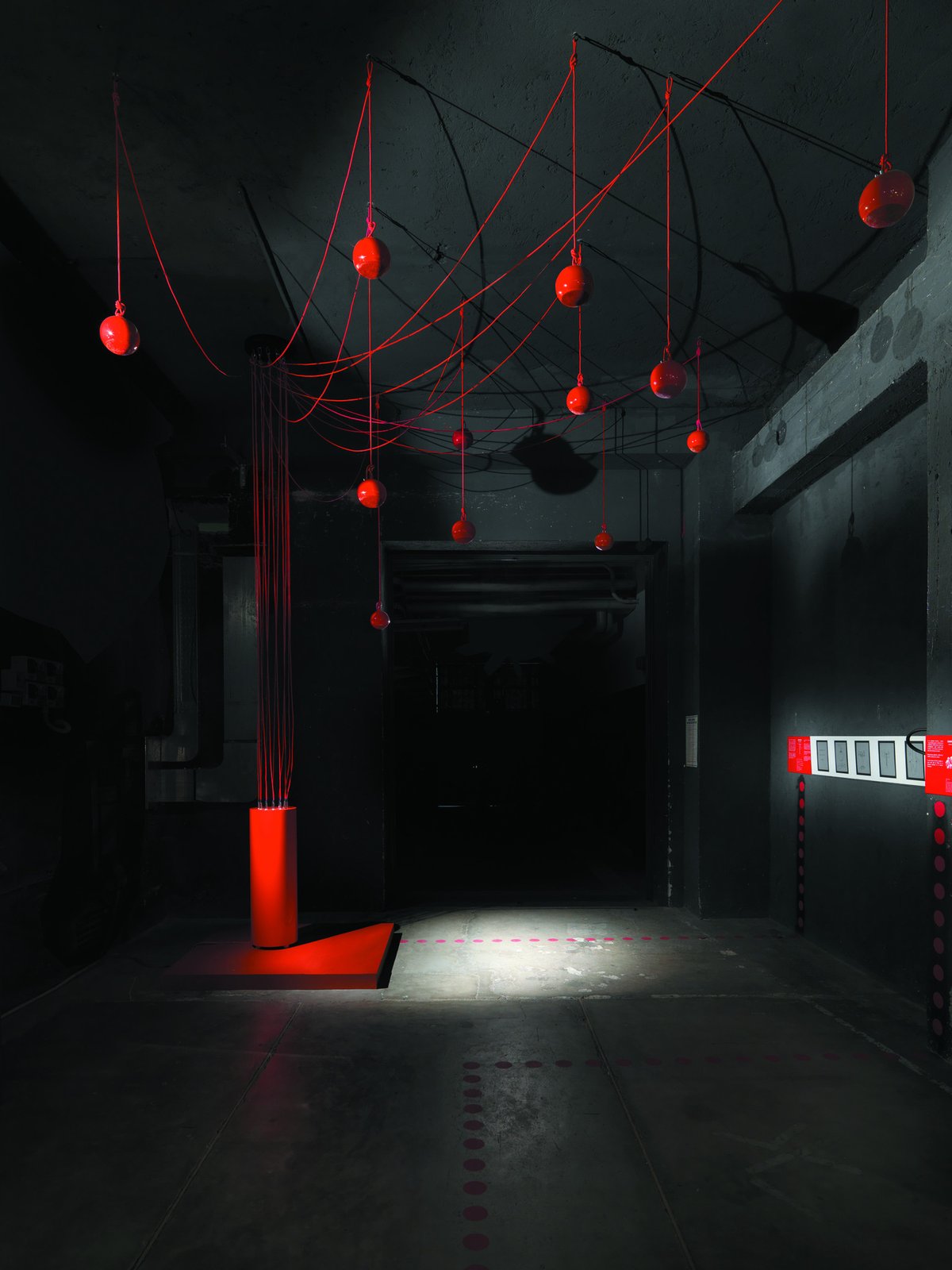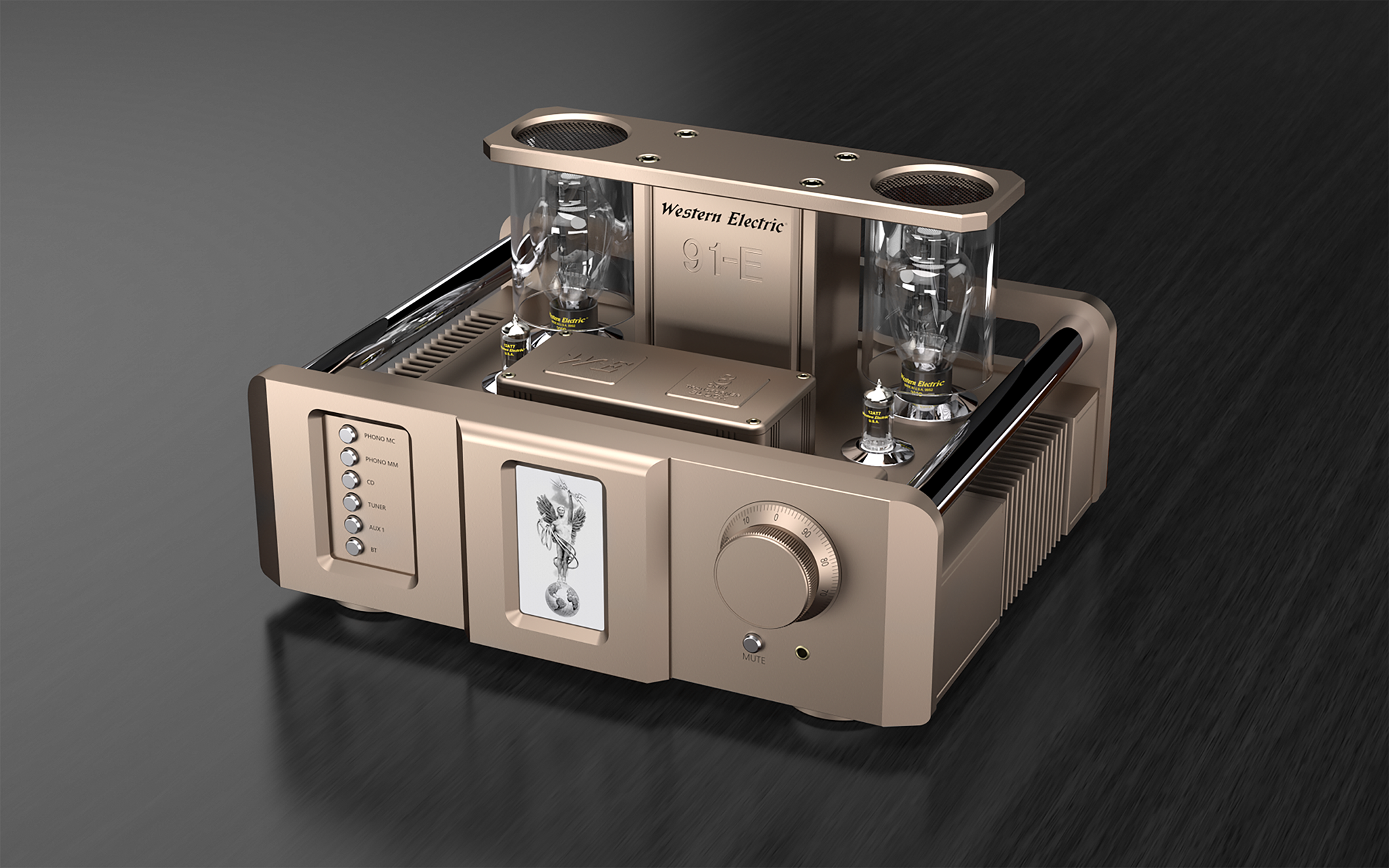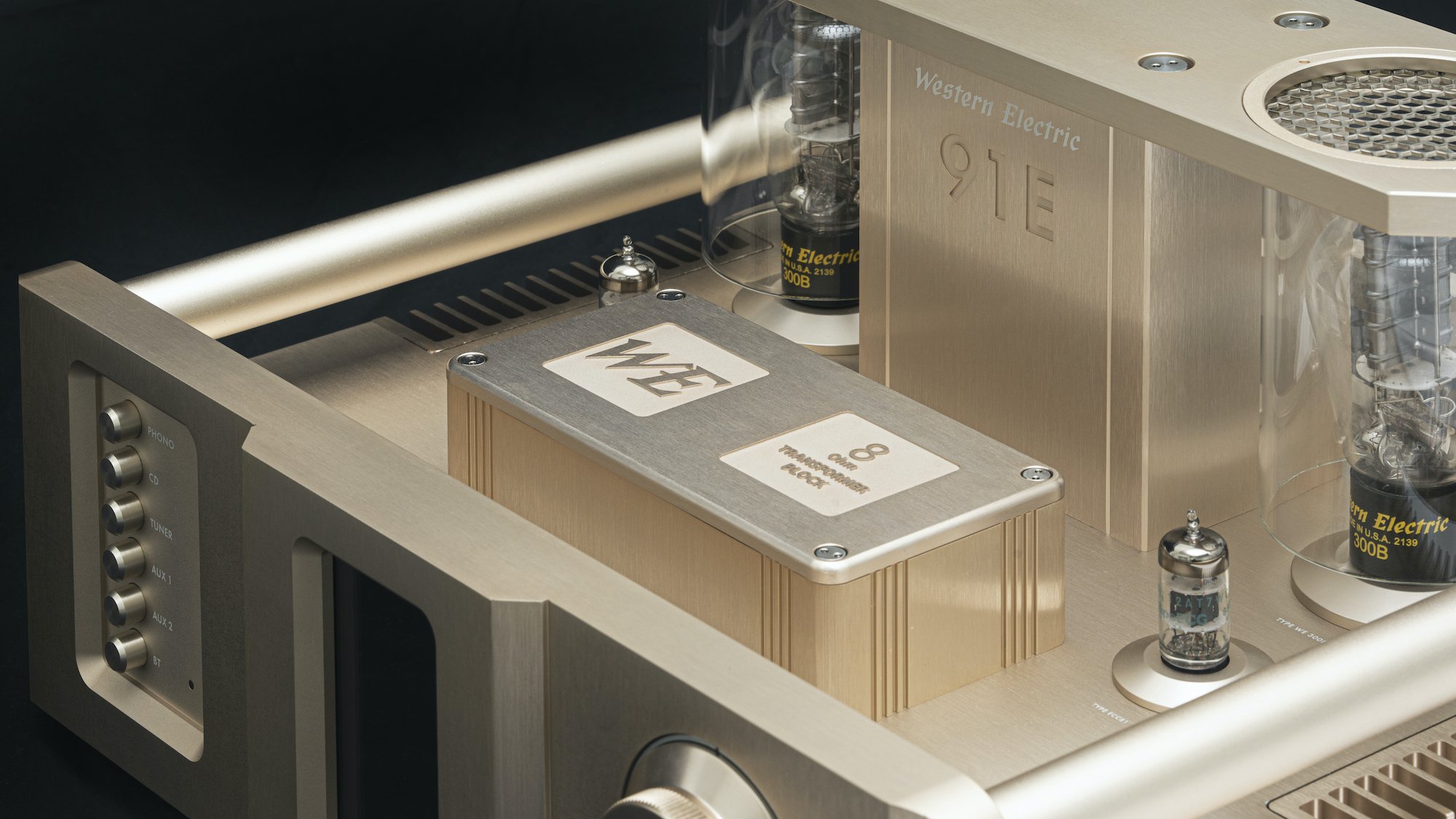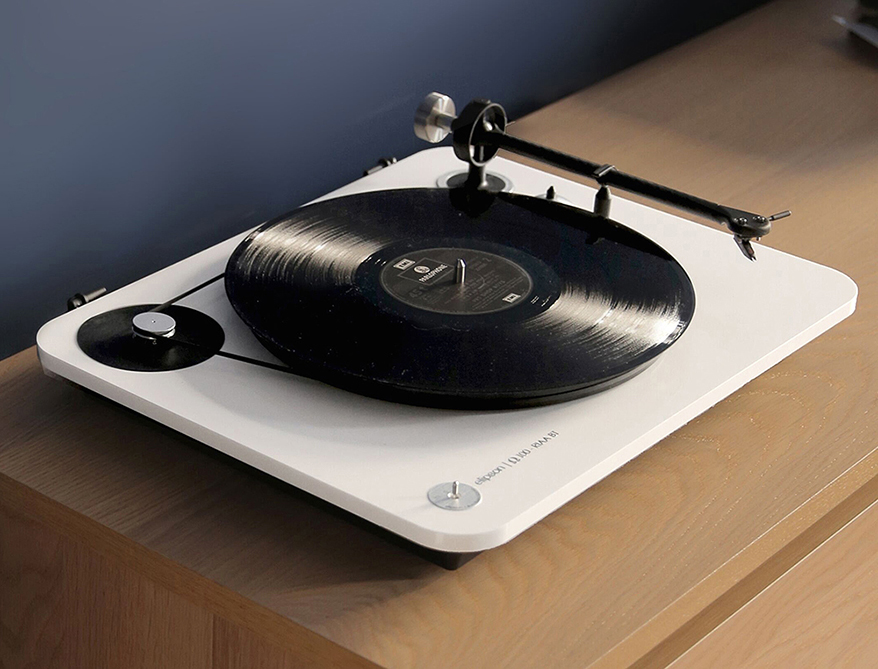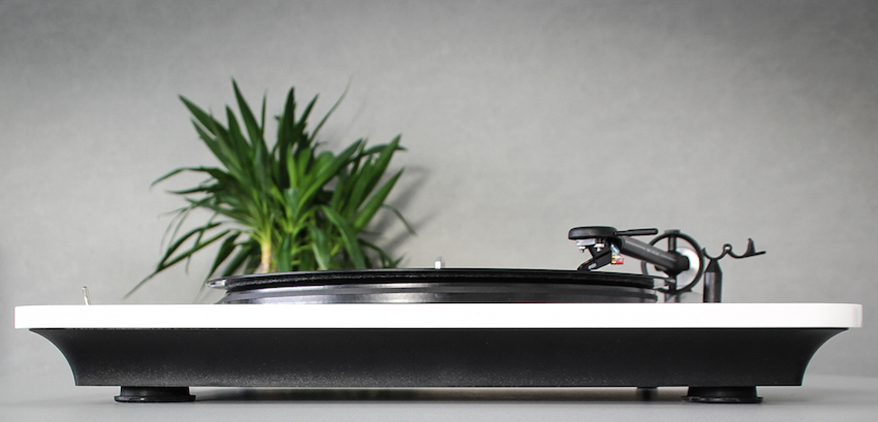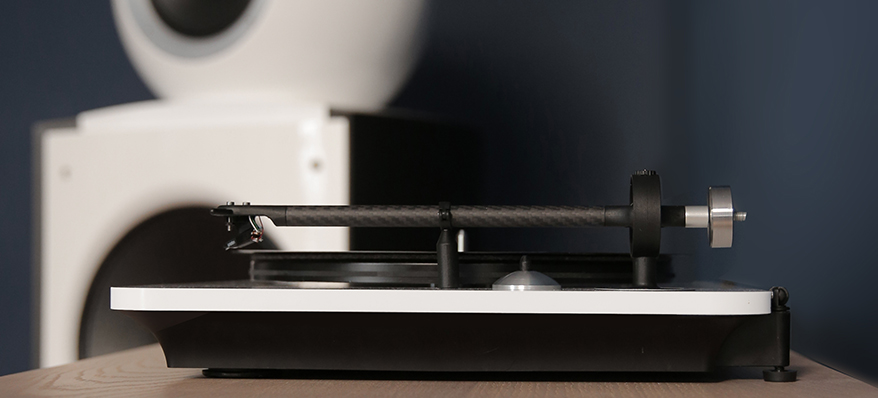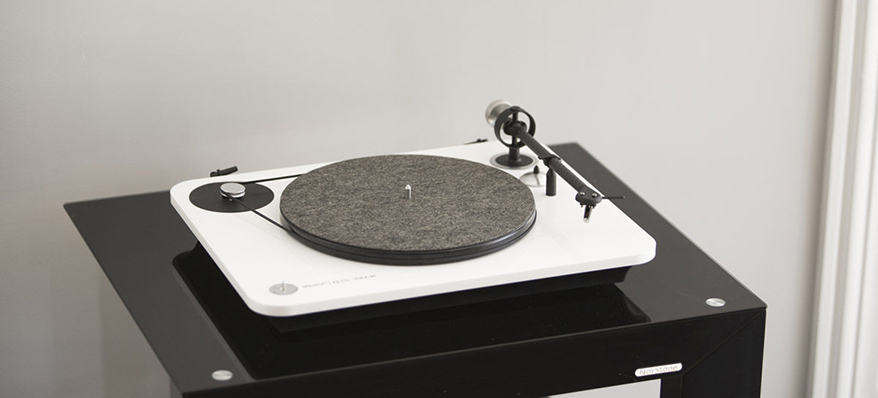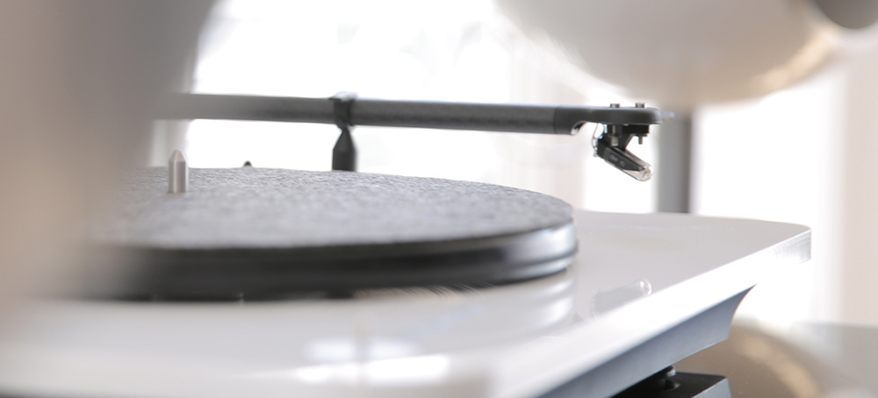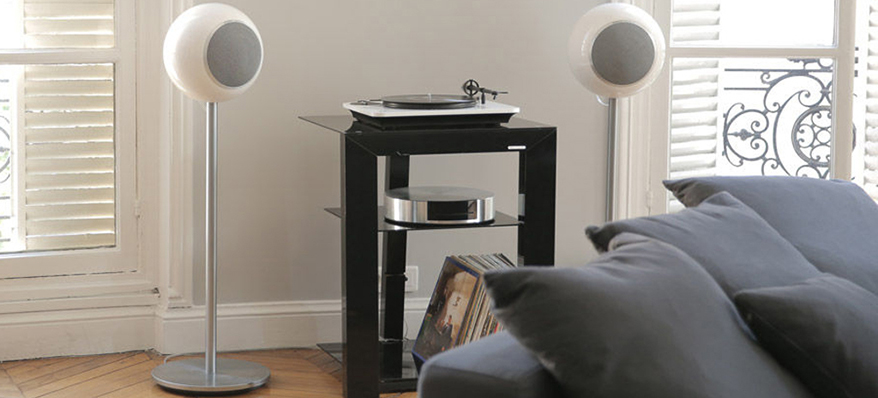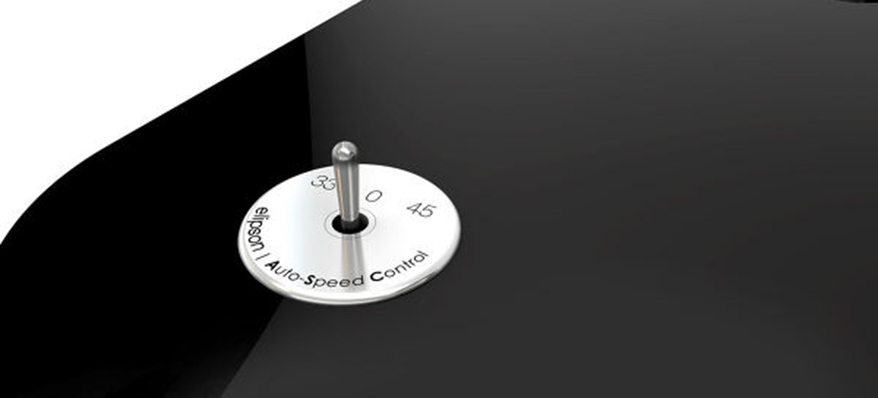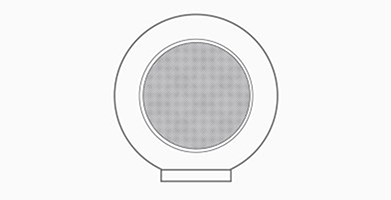Uncategorised
91E Integrated Amplifier
- รายละเอียด
- ฮิต: 6024
The ultimate 300B amplifier
A single-ended, integrated amplifier made for listeners who demand the absolute finest in tube sound
The only tube amplifier you’ll ever need.
Introducing a revolutionary new integrated amplifier from Western Electric. Meet ambitious, single-ended sound inspired by its famous predecessor, the WE 91A.
Experience double the power. A never before realized level of performance has been achieved with a completely new approach to SE amplifier design. Developed over five years, the 91E’s circuitry intelligently steers the parallel feed constant current source (SCCS), allowing the tubes to deliver more than double their previously rated output of 7-8 watts. You’ve never heard the 300B like this before.
Double the Performance
Full-throttle tube sound, made possible by patented smart SE circuit design
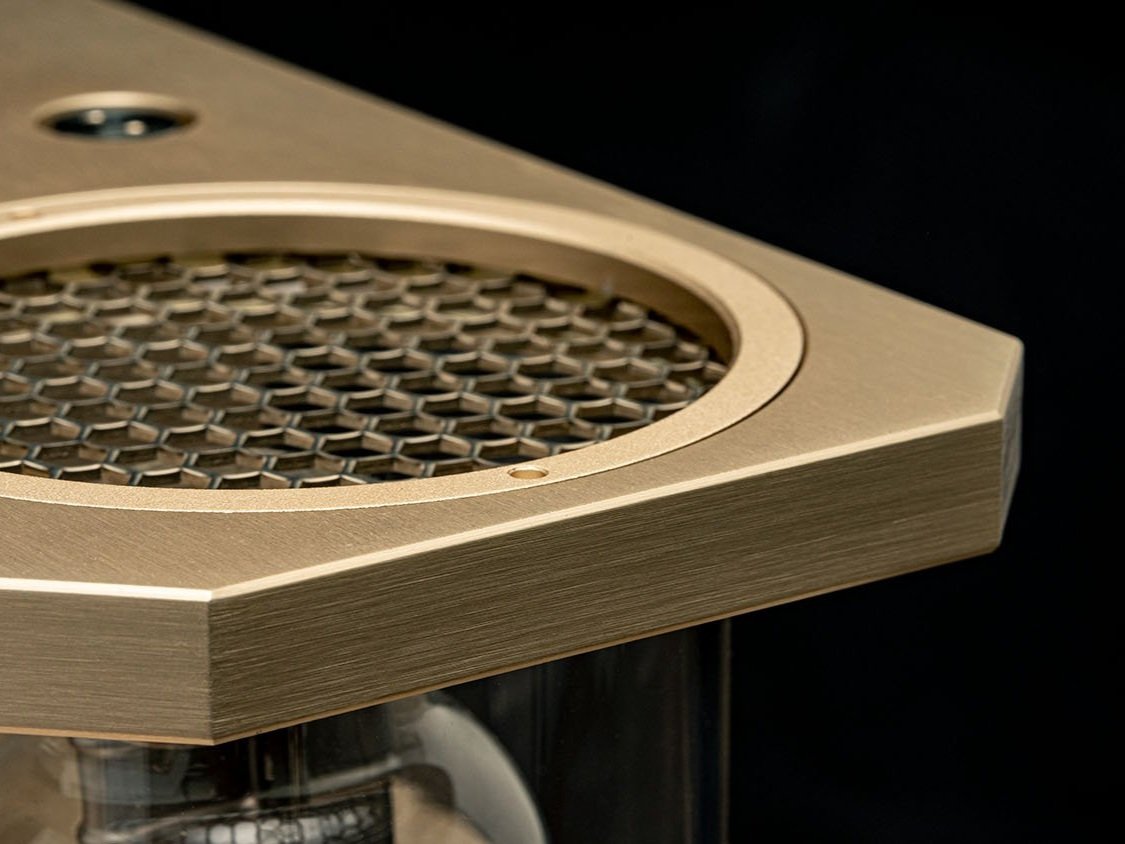
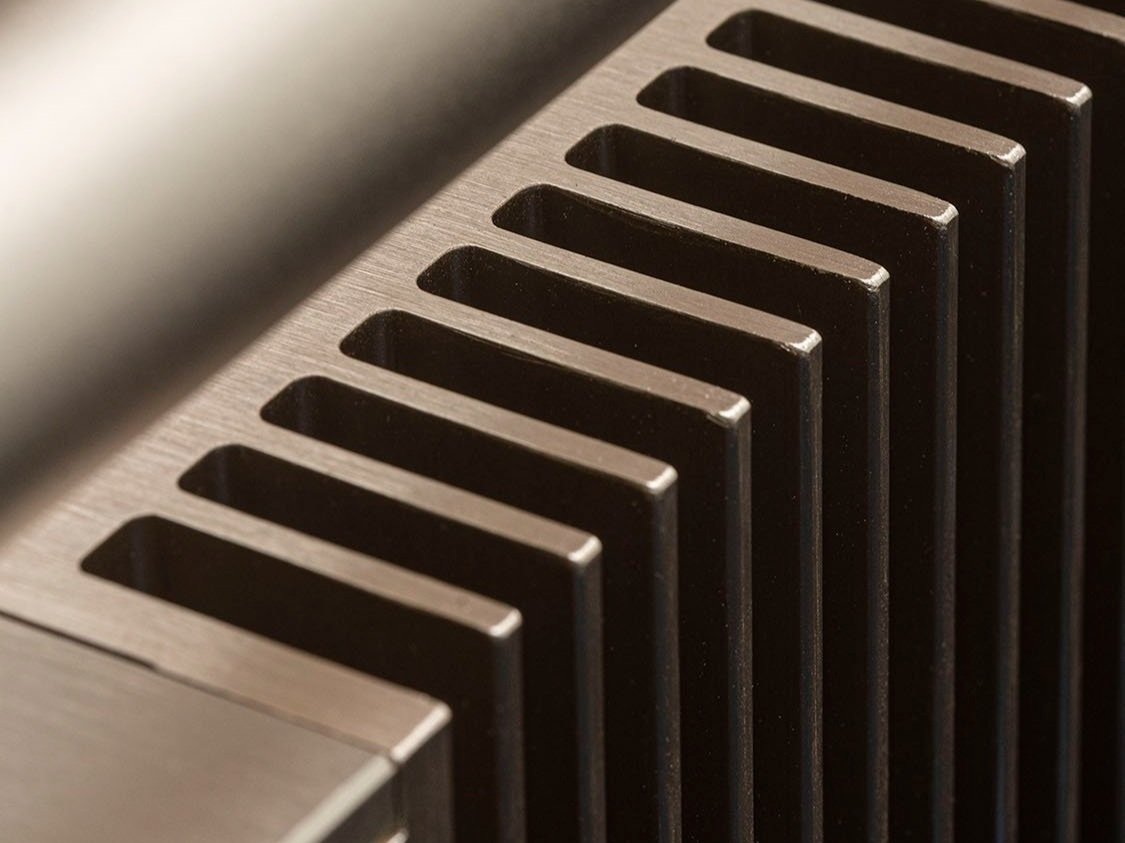
Inspired Originality
The first original product by Western Electric in over 15 years, continuing a proud legacy of quality, American manufacturing
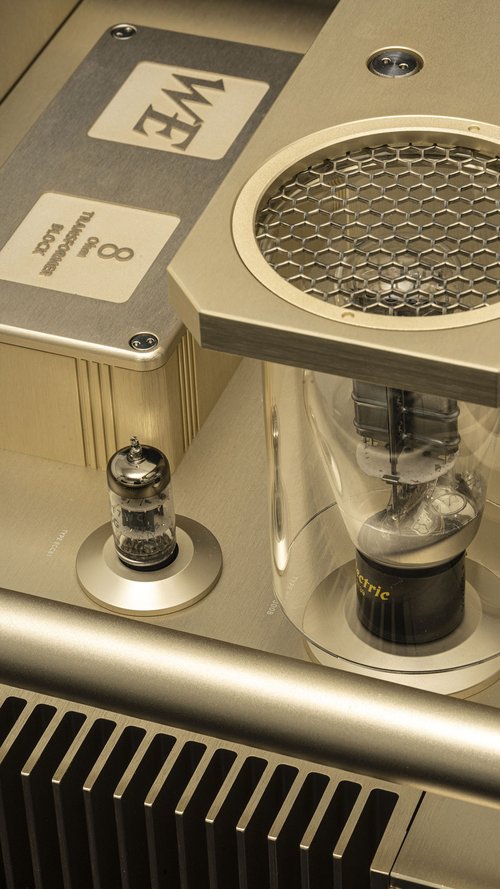
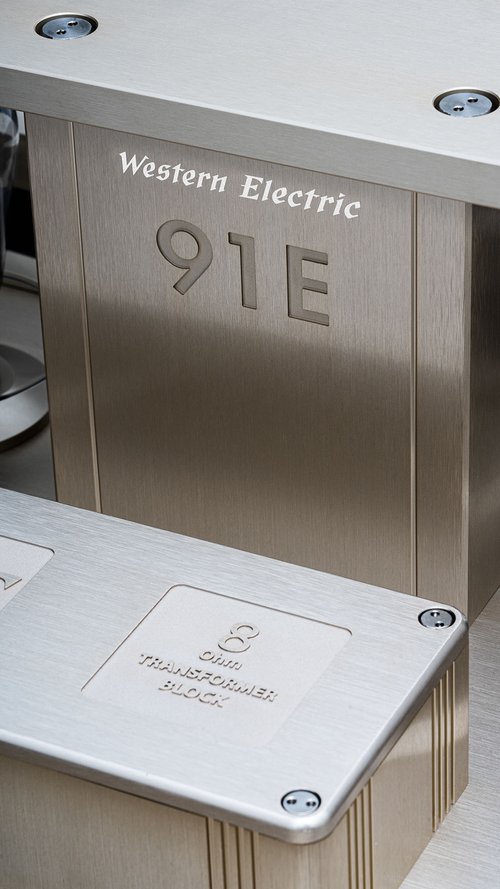
Don’t Forget the Tubes
The 91E ships with new production 300B’s, the most popular vacuum tubes in the world.
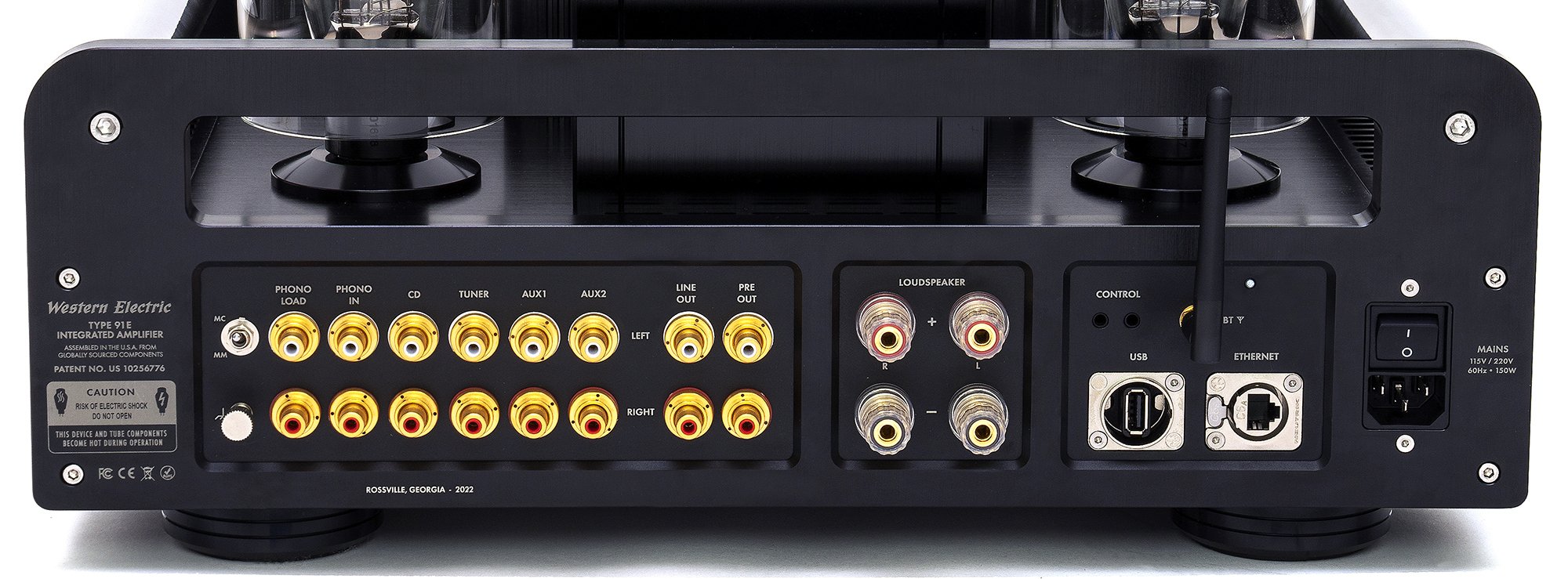
FEATURES
-
The Western Electric Type 91E is a Class A, single-ended (SE), integrated amplifier for high-fidelity audio reproduction.
-
The 91E was made for the Western Electric 300B to provide end users the highest possible performance and quality.
-
In the box
-
91E Integrated Amplifier
-
Remote control
-
Pin-Straightener (9-pin)
-
2x 300B Electron Tubes (Power)
-
2x ECC81 Electron Tubes (Pre-amplifier, pre-installed)
-
8 Ω Output Transformer Block (pre-installed)
-
Power Cord
-
Spanner tool (for removal and/or replacement of 300B’s)
-
BT antenna
-
End User Guide
-
-
Steered Current Source Technology (SCS)
The 91E uses Western Electric’s patented steered current source technology. The unique parallel feed topology contributes half of AC current to the plate (anode) of the 300B by modulating quiescent current. As a result, half of the power dissipation occurs in the tube, allowing for a greater output power of 20 watts per channel. -
Stepped Logarithmic Attenuator
A stepped logarithmic attenuator is used to mimic the response of human hearing. The attenuator consists of only discrete resistors in a ladder configuration that are switched in and out of circuit to produce a logarithmic attenuation of the output signal. -
Interchangeable Transformer Block
The standard 8-ohm transformer block can be interchanged with the optional 4-ohm version. This feature is unique to the 91E Integrated Amplifier. Single impedance transformers maintain lower winding capacitance normally vitiated with multiple tap transformers. -
LCD Display
A bright and easy to read color display shows the selected input, attenuator level, and VU meter. The display also shows settings which can be adjusted by the included remote control. The display is dimmable. -
Remote Control
The included infrared remote control allows for quick adjustment of amplifier settings such as input levels, balance, and display dimming. -
Six Audio Inputs
Up to six (6) source devices can be connected during amplifier operation. -
Auto-Bias
Microprocessors automatically bias the 300B tube pair each time the amplifier is powered on. No manual adjustment is necessary. -
BT Compatibility
BT compatible audio input is available for wireless convenience. -
Software & Firmware Updates via Ethernet Connection and USB
SPECIFICATIONS
| Weight | 49lbs / 22.2 kg |
| Dimensions | 18.9 x 15 x 11.1” / 48 x 38 x 28cm |
| Chassis | Machined Aluminum |
| Colors | Nickel, Champagne, Black |
| Operating Voltage | 100V / 115V / 230V / 50-60Hz |
| Power Consumption (Operation / Standby) | 160W / 0.3W |
| Mains Fuse | 2A slow-blow |
| Electron Tube Complement | One Matched Pair Western Electric 300B, 2x ECC81 |
| Phono MM Sensitivity (10W / 4Ω) | 0.75mV |
| Phono MC Sensitivity (10W / 4Ω) | 70μV |
| CD Sensitivity (10W / 4Ω) | 0.27V |
| CD Input Impedance | 20 kOhms |
| Phono MM Input Impedance | 47 kOhms | | 100 pF |
| SNR MM (10W / 4Ω, input 5mV) | 83 dB(A) |
| SNR MC (10W / 4Ω, input 0.5mV) | 73 dB(A) |
| SNR CD (10W / 4Ω, input 0.5V) | 101 dB(A) |
| CD Frequency Response | 15 Hz - 32 kHz (-3 dB) |
| Phono Frequency Response | 30 Hz - 20 kHz (RIAA within +/- 0.5 dB) |
| Output Power / 4 Ω / THD 10% | 2 x 20 watts |
| Output Power / 4 Ω / THD 5% | 2 x 16 watts |
| Output Power / 4 Ω / THD 3% | 2 x 14 watts |
| Output Power / 8 Ω / THD 10% | 2 x 20 watts |
| Output Power / 8 Ω / THD 5% | 2 x 16 watts |
| Output Power / 8 Ω / THD 3% | 2 x 14 watts |
| BT Standard | v4.2 |
| BT Codecs | BC, MP3, AAC, Fastream, APTX |
| BT Sample Rate (adaptive) | Up to 96kHz / 16-bit |
| BT frequency response | 20 Hz - 20 kHz |
| BT SNR | 96dB |
News
- รายละเอียด
- ฮิต: 4019

4 December 2020 - 6 December 2020
Fortune Town
Ratchadapisek Road, Din Daeng, Bangkok
11:00-20:00 hrs.

26 November 2020 - 29 November 2020
Montien Riverside Hotel Bangkok
Rama III Road, Bang Khlo, Bangkok
10:00-21:00 hrs.

1 October 2020 - 4 October 2020
Grand Mercure Bangkok Hotel Fortune
Ratchadapisek Road, Din Daeng, Bangkok
11:00-21:00 hrs.

27 February 2020 - 1 March 2020
The Landmark Bangkok Hotel
138 Sukhumvit road, Klongtoey
Bangkok, Thailand
10:00-21:00 hrs.

7 February 2020 - 9 February 2020
IMPACT Muang Thong Thani
10:00-22:00 hrs.

3 October - 6 October 2019
Grand Mercure Bangkok Hotel Fortune
Ratchadapisek Road, Din Daeng, Bangkok
10:00-21:00 hrs.

29 August 2019 - 2 September 2019
Tree on 3
Rama 3 Road, Bang Kho Laem, Bangkok
10:00-21:00 hrs.

6 June 2019 - 9 June 2019
Fortune Town
Ratchadapisek Road, Din Daeng, Bangkok
10:00-21:00 hrs.

1 March 2019 - 3 March 2019
IMPACT Muang Thong Thani
10:00-22:00 hrs.

28 March 2019 - 31 March 2019
The Landmark Bangkok Hotel
138 Sukhumvit road, Klongtoey
Bangkok, Thailand
10:00-21:00 hrs.
Elipson
- รายละเอียด
- ฮิต: 4800

" History "
1938 - 1960 : Continual research
The history of Elipson is inextricably linked to its managing director, Joseph Léon. Born inBordeaux, he studied at the Arts et Métiersschool and was passionate about sound. In 1930,he took part in the assembly and developmentof sound systems used in cinemas as part ofthe Radio Cinéma branch of the CSF holding.At the same time,Joseph Léon and his brotherJean were working on a portable recordingdevice, the Monobloc VV3. A member of theResistance decorated with the War Cross, JosephLéon joined the Multimoteur company after hisdemobilisation.At this point in time, Multimoteur was a smallcompany specialising in the conception ofmotors for electronic toys. Its main productionwas made up of locomotives and train track for children. The company also manufacturedminiature electric parts used in the conception of transformers, dynamos and alternators. Inother words, educational toys to build on yourown in order to learn the basics of industrial electricity.
From Multimoteur to Elipson
Motivated by an increasingly difficult market, Multimoteur decided to diversify its activity and headed towards manufacturing acoustic speakers. Starting in 1940, Henry Bazin and Maurice Latour, respectively director and engineer, initiated meticulous research which would later come to fruition with the birth of the legendary BS50 Chambord speaker. In 1948, Joseph Léon became managing director of Multimoteur. Under his leadership, the company became much more involved in manufacturing speakers. The speakers were then named Shells (Conques in French) in reference to their elliptical shape. In 1951
Multimoteur became Elipson, this name being the contraction of the French words ellipse andson (sound). And so began the Elipson adventure. The spherical speakers quickly made a name for themselves while developing a strong visual identity. With their bold design, the speakersconceived by Joseph Léon made their way into the daily lives of French people via their TVappearances as they were often used in studiosand on TV sets. Famous French singer ClaudeFrançois first appeared on TV surrounded byElipson speakers, while the inauguration speechof General de Gaulle at the Maison de laRadio (ed. French radio broadcaster) would be delivered using Elipson BS50 speakers.
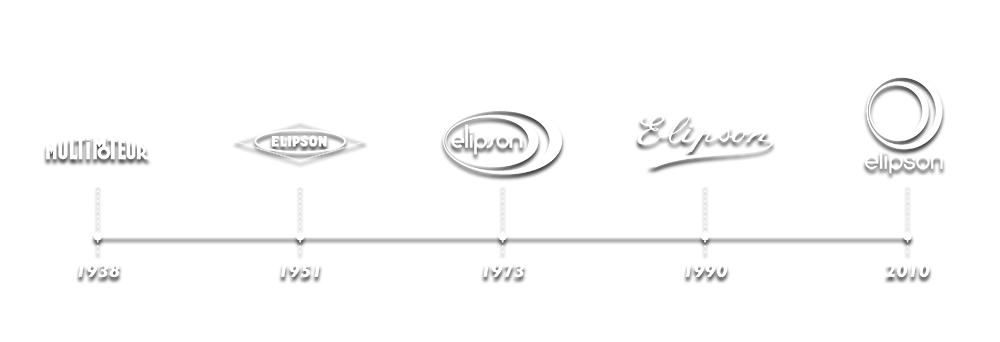
The use of staff
With its sound reflector system, Elipson was able to provide precise, quality sound systems fit for large spaces. Joseph Léon pushed his researchon acoustic energy created by sound reflectors further and created new speakers featuring a never before seen design. In order to obtain Elipson’s speakers’ elliptic shape, it was necessary to use a material that could be easily turned into various shapes. At the time, woodwork was clearly not an option and Joseph Léon decided that he would use staff. This material goes back to the XIXth century and features ideal characteristics for spherical speakers. This was the first time that a blend of plaster and natural fibres was used to create speakers. Despite its excellent acoustic performance, staff would not be used lastingly by Elipson due to the various difficulties tied to its implementation. In 1953, the BS50 speaker was introduced to the public during the first sound and light show held at the Château de Chambord (Loir-et-Cher, France). Efficient and aesthetically appealing, the speaker with a natural and recognisable silhouette delivered sound with great precision. The sphere which held the driver was elegantly elevated by a metal tripod and no fixings were showing. At the top was the sound reflector, the ear, which would become a distinctive sign giving the speaker its unique appearance and its technical specificity. Joseph Léon’s work was quickly noticed and sought after. He was then contacted by Marcel Dassault who was looking for a solution to the interference issue in fighter jets’ cockpits. While fixing this issue, Elipson’s director also came up with several ingenious systems to reduce the noise made by modern reactors. In 1962 he was awarded the National Order of Merit for his research and creations.
2008 : The resurgence
In 2008, Philippe Carré, a young entrepreneur with a passion for the brand, took over the company with his business partner Eric James. Philippe Carré wanted to invigorate the avantgarde aspect and the audio perfection which made the brand so successful. To achieve this, he repositioned the brand in the interior decor and design world. This unconventional position allowed Elipson to play an integral role in today's hi-fi market. To help him in his endeavour, Philippe Carré brought on board a new creative director, Jean-Yves Le Porcher, and the designer Jullien Thaler, well known in the audio world for his passion for Elipson speakers as well as for his website dedicated to the brand. One of the first creations for this new team was the 4260 speaker in order to embark upon a new chapter in line with Elipson's history and savoir faire in top of the range hi-fi. Elipson then created the Planet L and Planet M speakers, spherical models demonstrating the brand's desire to invest the home territory, thanks to an object which is just as aesthetically appealing as it is high performing. The venerable wideband driver has been replaced by a coaxial driver whichdirects sound accurately and helps create a deep and wide sound stage. Elipson was clearly encapsulating the best of both worlds. At the 2011 International Furniture Fair in Milan, Elipson presented the Sound Tree, an audio system made up of a subwoofer “trunk” structure with twelve Planet M spherical speakers hanging from it like apples, attached to varying lengths of cable. The Sound Tree was the fruit of the partnership between designers Maurizio Galante, Tal Lancman and Jean-Yves Le Porcher. The Elipson Planet Carrara, a special edition of the Planet L with a trompe l’oeil design was also presented. These creations underline Elipson's desire to think outside the purely hi-fi box to go off in search of new horizons.
